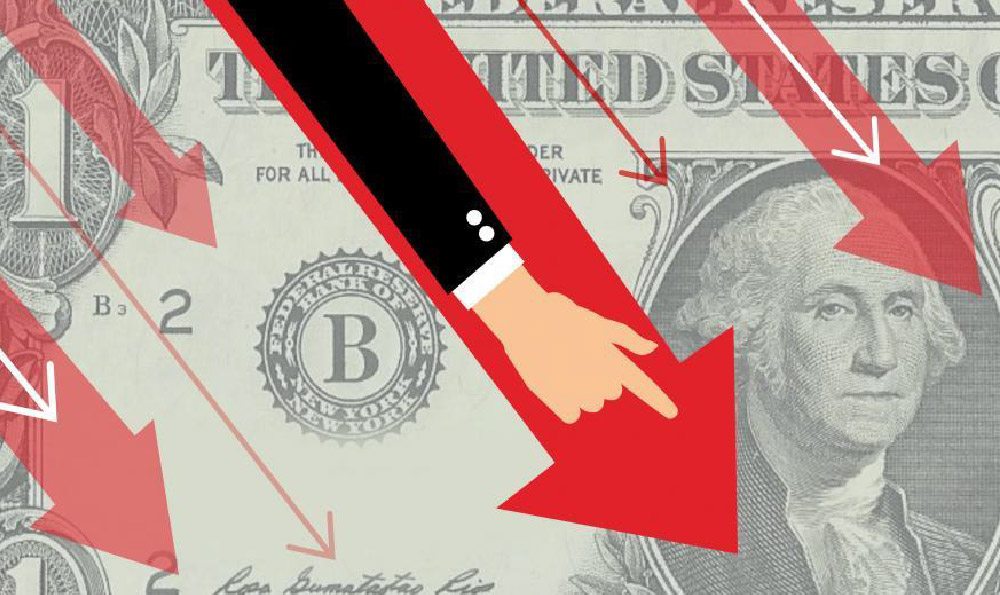The world of bail bonds is a complex intersection of law, finance, and risk assessment. While it might appear straightforward on the surface, delving deeper reveals a nuanced system with potential profitability and inherent dangers. Understanding how bail bonds work is crucial before even considering venturing into this volatile investment landscape.
At its core, a bail bond is essentially a surety bond. It's a financial guarantee, typically provided by a bail bond company (through a bail bondsman), to the court, ensuring a defendant’s appearance at all scheduled court dates. Think of it as an insurance policy against the defendant skipping bail. When an individual is arrested and held on bail, they have a few options: pay the full bail amount in cash, hire an attorney to argue for a lower bail, or utilize a bail bondsman. Most people lack the liquid assets to post the full bail amount, making the bail bond option the most accessible.
Here's how the process unfolds: After an arrest, a judge sets the bail amount. The defendant (or a family member/friend on their behalf) contacts a bail bondsman. The bondsman assesses the risk of the defendant fleeing, considering factors like the severity of the crime, the defendant's criminal history, ties to the community (family, employment), and financial resources. If the bondsman deems the risk acceptable, they require a premium, typically a non-refundable percentage of the total bail amount, often around 10-15%. This premium is the bondsman's fee for assuming the risk. The bondsman then posts a surety bond with the court, guaranteeing the defendant's appearance.

If the defendant appears at all scheduled court dates, the bond is exonerated (canceled), and the bondsman's obligation ends. They recover the full bail amount from the court. However, if the defendant fails to appear (FTA), the court demands the full bail amount from the bondsman. The bondsman then becomes responsible for locating and apprehending the defendant, often employing bounty hunters or skip tracers to bring them back to custody. If the defendant is apprehended and returned to custody, the bondsman recovers the bail amount, minus any expenses incurred in the apprehension process. If the bondsman fails to recover the defendant, they are liable for the full bail amount to the court.
Now, addressing the question of profitability, the answer is: it can be, but it's far from guaranteed. The potential for profit lies in collecting the non-refundable premiums. A bondsman who accurately assesses risk and minimizes FTAs can generate significant income. Imagine a bondsman writing numerous bonds annually, each with a 10% premium. This can quickly add up to a substantial revenue stream.
However, the risks are equally significant. One missed defendant can wipe out the profits from numerous successful bonds. The costs associated with locating and apprehending a fugitive can be substantial, including skip tracer fees, travel expenses, and potential legal costs. Furthermore, the legal landscape surrounding bail bonds is constantly evolving, with increasing calls for bail reform and limitations on the use of cash bail, which could significantly impact the industry's profitability.
Beyond the financial aspects, there are ethical considerations. Bail bondsmen are essentially profiting from the misfortunes of others. Critics argue that the system disproportionately impacts low-income individuals who cannot afford to pay bail and are therefore forced to remain in jail while awaiting trial, regardless of their guilt or innocence. The system can also be exploited, with bondsmen potentially taking advantage of vulnerable individuals or engaging in predatory lending practices.
Moreover, the regulatory environment for bail bonds varies significantly from state to state. Some states have strict regulations regarding licensing, fees, and collateral requirements, while others have more lax oversight. This variability can impact both profitability and the potential for ethical lapses.
Before considering investing in or becoming a bail bondsman, a thorough understanding of the legal, financial, and ethical considerations is essential. Due diligence should include:
- Market Research: Understanding the local criminal justice system, bail amounts, FTA rates, and competition in the target market.
- Financial Planning: Developing a comprehensive business plan that includes projected revenue, expenses, and risk management strategies.
- Legal Compliance: Ensuring full compliance with all applicable state and local laws and regulations.
- Risk Assessment: Developing a robust risk assessment process to minimize FTAs and potential losses.
- Networking: Building relationships with law enforcement, attorneys, and other professionals in the criminal justice system.
In conclusion, the bail bond industry presents a complex picture of potential profit and inherent risk. While the opportunity exists to generate significant income through premium collection, the potential for substantial losses due to defendant flight and the evolving legal and ethical landscape make it a high-stakes undertaking. Thorough research, careful planning, and a strong commitment to ethical practices are crucial for anyone considering venturing into this challenging field. It is not a passive investment and requires active management, significant capital, and a stomach for risk. Anyone approaching this field should do so with eyes wide open and a clear understanding of the potential rewards and the very real dangers. Remember that profitability is not guaranteed, and the inherent ethical considerations should not be ignored.












